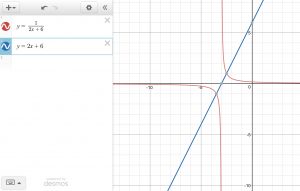This week in Pre-Calculus 11 we started the Radical Expressions and Equations unit. In lesson 7.2 we review multiplying and dividing fractions then learned how to divide and multiply rational expressions.
Example 1:
Before simplifying state the restrictions. Restrictions always come from the denominator.
z 0 and y
0
Simplify
Stop when you can’t simplify any further.
When multiplying or dividing single variable expressions you need to factor. Factor before stating restrictions because when you factor you can extend trinomials so you have more zeroes. Once the restrictions are stated then you simplify.
How to multiply or divide single variable expressions:
1. Factor
2. State Restrictions
3.Simplify




